Deep sea: Potential threats to Earth's 'final frontier' are growing
Over-fishing, pollution and the advent of deep sea mining pose new challenges to a previously untouched world
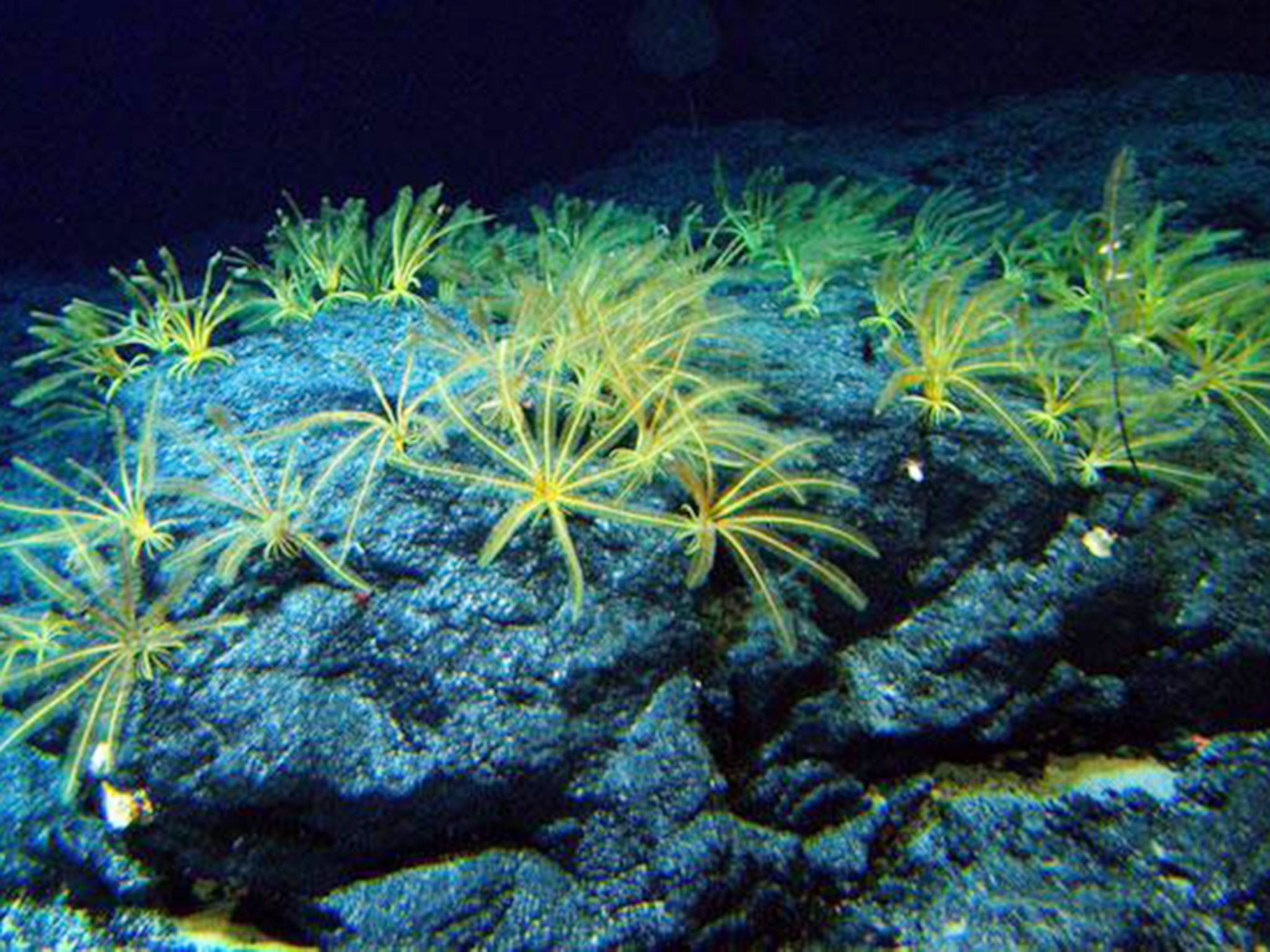
Diving to depths of 2,000 metres near the Galapagos Islands in the spring of 1979, the crew of the submersible Alvin became the first to witness the phenomenon of “black smokers”.
Usually shrouded in permanent darkness, these hydrothermal vents were found to emit black spouts of water at temperatures as high as 380C at a pH of 2.8, making it very acidic. The real significance of the sites became clear in future expeditions.
Despite the incredibly hostile environment, hydrothermal vents were found to be home to a significant array of marine life, with many unique to this habitat.
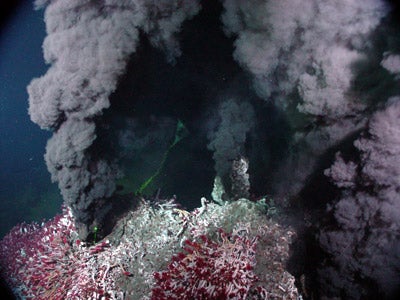
The animals living in these seemingly unliveable conditions were deriving all the energy they needed from the chemicals dissolved in water released by the smokers, turning over the long-held belief that all Earth’s ecosystems are directly or indirectly dependent on energy from the sun. Many scientists now think that life could have first started at underwater vents like these.
That such a significant discovery was made as late as the 1970s shows how difficult it has been to explore the depths of the world’s oceans.
Often described as Earth’s “final frontier”, and a habitat less well known than the surface of the Moon, most of the deep sea remains unexplored. In recent years advances in submarine technology have given us a better understanding of this environment, with new species revealed on almost every dive.
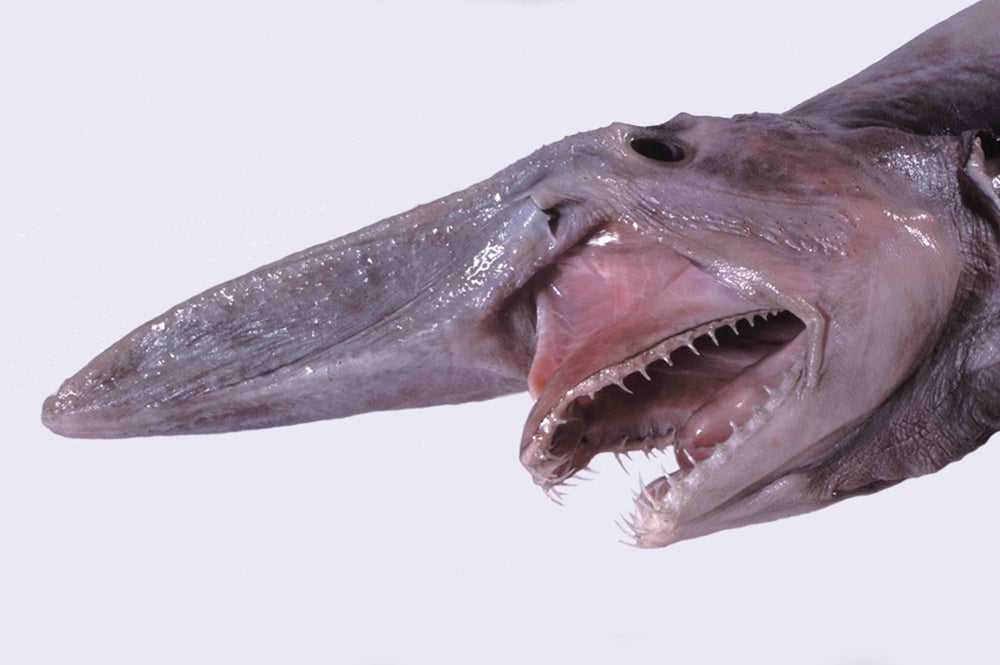
Highly adapted for life in the ocean depths, and rarely encountering any significant change to their gloomy habitat, many species have scarcely evolved for millions of years. The bizarre-looking goblin shark is the only remaining example of the Mitsukurinidae family, a lineage that began in the Jurassic period.
The less striking but equally primitive-looking bluntnose sixgill shark is another “living fossil”, with more relatives in the fossil record than among sharks living today.
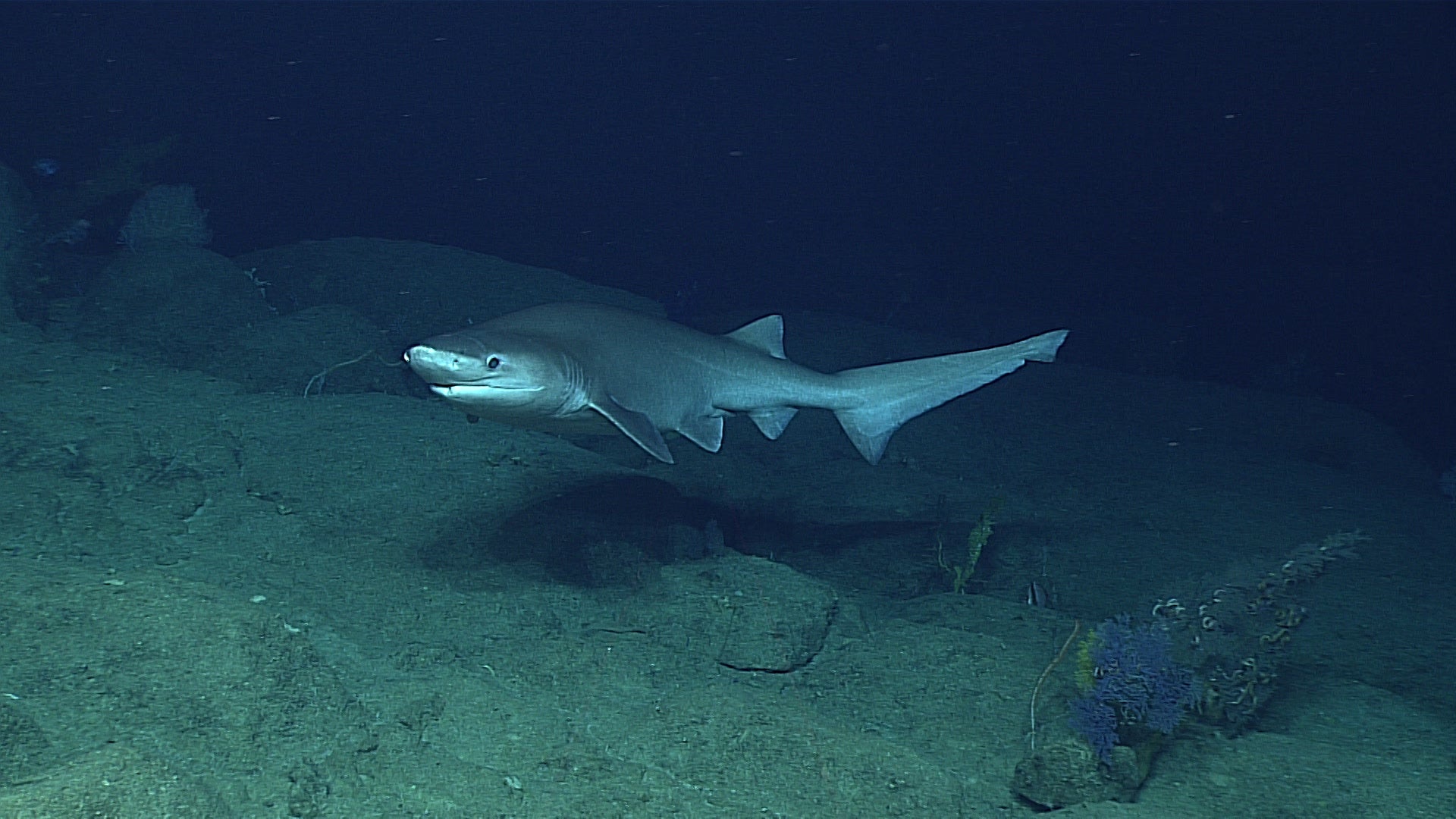
Unfortunately, species that scientists once thought could avoid the worst impact of the sea’s exploitation have recently been found to be at risk from industrial pollutants. In February this year, scientists exploring the world’s deepest marine trench, the Mariana Trench, discovered extremely high levels of toxins at depths of more than 10,000 metres.
Their submersible captured crustaceans that were found to carry toxic chemicals at 50 times the concentration typically found in crabs from China’s most polluted rivers.
The pollutants in question were polychlorinated biphenyls, or PCBs, the industrial compounds blamed for causing severe defects in the world’s marine mammals.
“Once it gets deeper and deeper and deeper, there's nowhere else for it to go, because there's no mechanism to put it back to the surface again,” said the University of Newcastle’s Alan Jamieson.
“We still think of the deep ocean as being this remote and pristine realm, safe from human impact, but our research shows that, sadly, this could not be further from the truth.”
In 2015 another study suggested that deep sea fish may be developing tumours as a result of exposure to chemicals such as PCBs. Studying fish landed off the Bay of Biscay, the Centre for Environment, Fisheries and Aquaculture Science found that a number of deep sea specimens exhibited the sort of health defects more often associated with polluted fish from shallow waters.
“A wide variety of inflammatory and degenerative lesions were found in all species examined,” they said.
“Inflammation is one way the body responds to injury. It’s not a healthy sign. Similarly, degenerative changes signal injury to a tissue from disease or trauma.”
Three hundred miles south of the Canary Islands lies a 3,000-metre mountain known as Tropic Seamount. Despite its impressive size, equivalent to middle-sized peaks in the Alps, Seamount tops out 1,000 metres below the ocean’s surface.
In April this year, British scientists working for the UK's National Oceanography Centre made one of the most significant discoveries of mineral deposits so far this century. The surface of the submarine mountain contains a metalloid known as tellurium at 50 times the normal concentration found above sea level.
Tellurium makes up just 0.0000001 per cent of the Earth’s surface, but is an important component in steel alloys and solar panels.
Speaking to the BBC, Dr Bramley Murton said: "These crusts are astonishingly rich and that's what makes these rocks so incredibly special and valuable from a resource perspective."
According to Dr Murton, the sides of this seamount alone contain as much 2,670 tonnes of tellurium, or a twelfth of the world supply.
The discovery creates difficulties for advocates of renewable power. Solar is increasingly proving itself as an energy source, but extracting tellurium from this untouched landscape is bound to disrupt or damage the marine environment.
Out of reach for all but the occasional and mining scientific expedition, recent technological developments and discoveries of mineral deposits mean the sea floor below 1,000 metres is becoming a serious prospect for mining operations.
For the Deep Sea Mining campaign, the rush to prospect the seabed is unregulated and carries risks to both the marine environment and coastal communities.
Although no actual deep sea mining (DSM) activities have begun, mining firms have taken out exploratory licences on 1.5 million square miles of the Pacific.
“This DSM exploration frenzy is occurring in the absence of regulatory regimes or conservation areas to protect the unique and little-known ecosystems of the deep sea,” Dr Helen Rosenbaum of the DSM Campaign says.
“It is also occurring without meaningful participation by the communities who will be affected by DSM in decision-making. Furthermore, the limited scientific research conducted to date provides no assurance that the health of coastal communities and the fisheries on which they depend can be guaranteed.”
One area of concern for the DSM campaign is the potential impact on hydrothermal vents, first found by Alvin. The areas surrounding the vents are rich in minerals that emanate from the “chimneys”. But extracting from around the vents could endanger the little-understood marine life that has emerged around these formations.
The reopening or collapse of these vents could also pose a risk to marine life, much of which will be unknown to science.
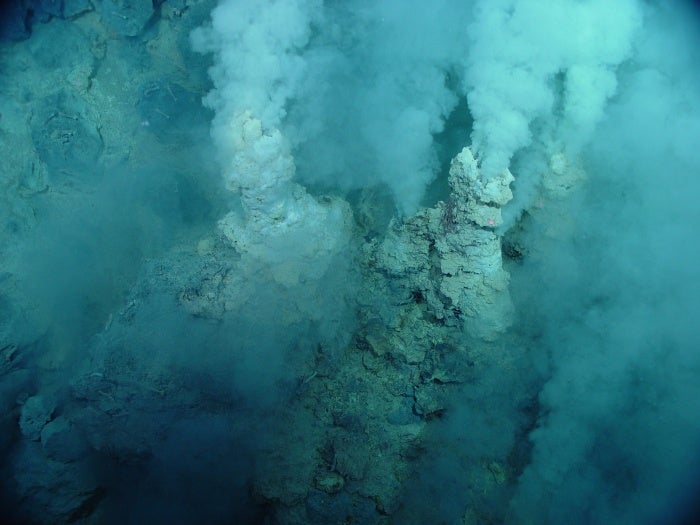
Speaking to Nautilus magazine, deep sea ecologist Andrew David Thaler was concerned about the threat posed to vent communities, but entertained the idea that life could rebound after a period of mining.
“These are dynamic systems. Some communities, with lifespans of 10 to 12 years, have evolved to handle disturbance. Underwater volcanoes erupt regularly and wipe them out.”
“When we talk about mining a hydrothermal vent, there’s a possibility for the community of life to come back. It’s possible that if you remove just one, then 10 years from now there will be no trace of it being mined at the site – though there is damage to the rest of the seafloor, which is prolonged, because the deep seafloor tends to be undisturbed.”
Thaler did warn that not all the deep-sea ecosystems are likely to be resilient to mining operations.
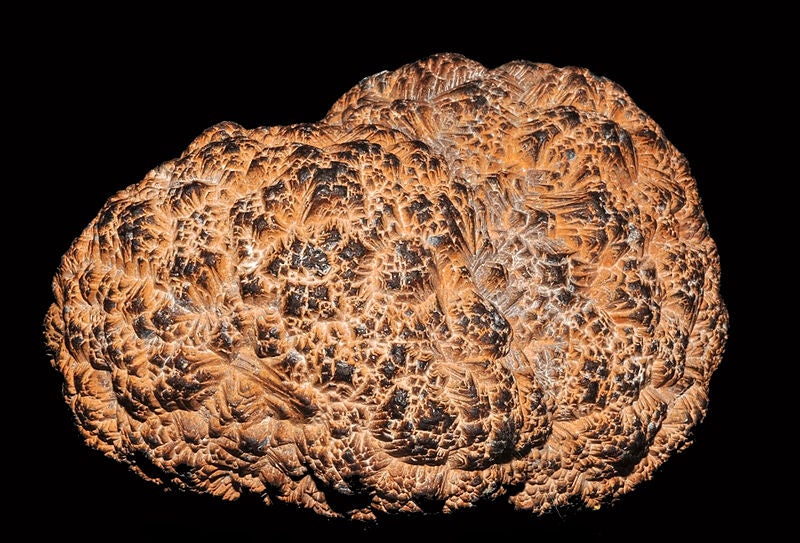
“Cobalt-rich crusts and manganese nodule fields, however, are 'slow' ecosystems. They can last for centuries. Any affront to a slower system is going to have more consequences. The question becomes: Is there an acceptable loss before we’ve wiped out too much of an ecosystem?”
Of particular interest to these initial prospecting companies are polymetallic “nodules”, lumps of rock that contain exceptionally high concentration of metals.
First discovered by the HMS Challenger voyages in the 1870s, the idea of mining these nodules was widely discussed and researched in the 1960s and 1970s, but they proved too expensive to extract.
Away from the vents, extraction of polymetallic nodules from the undersea ("abyssal") plains where they are found could result in large dust plumes from mining machinery, endangering filter-feeding organisms. The animals that live on the plains endure temperatures below 5C, take longer to grow and longer to reach sexual maturity.
Our poor understanding of both the seabed and the ways the different ocean layers are inter-dependent means that the consequences of widespread mining activity are hard to predict. But the more scientists do learn about the deep sea, the less it appears as a lifeless abyss, and the more fundamental this world appears to be for both the wider marine environment and, as a carbon sink, the regulation of the Earth’s climate.
Yet for all the damage undersea mining may cause, the benefits of discovering new sources of rare earth metals for renewable technologies could be substantial. As journalist Nicola Wood has pointed out, rare earth metals are needed for solar panels, wind turbines, fluorescent light bulbs and batteries, but restricted supply is preventing many technologies from becoming commercially viable.
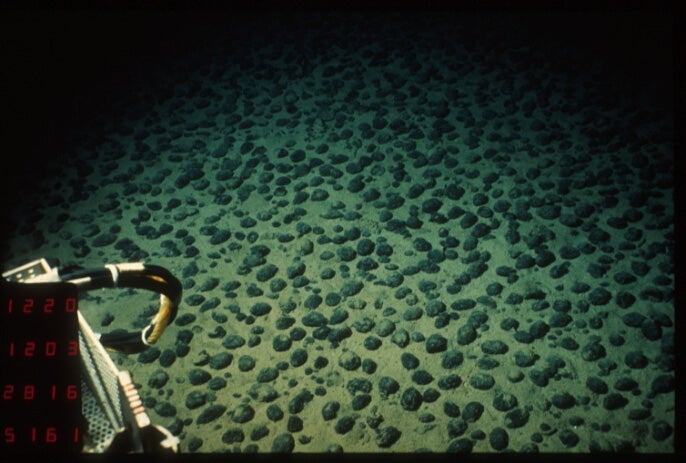
In 2011, export restrictions imposed by the Chinese government led to the price of terbium, neodymium and europium increasing by 750 per cent, causing widespread disruption to the market. But even without market shocks, the scarcity of rare earth metals is likely to be a long-term concern for both renewables and the consumer goods market.
Writing in The Independent, Jon Major, a research fellow at the University of Liverpool, concluded that environmental damage from mining minerals such as cadmium telluride would be inevitable, but could be worth the risk when weighed against the advantages for the renewables industry.
“At some point mining operations in search of solar or wind materials will cause damage or else some industrial production process will go awry and cause contamination.
“This may be the Faustian pact we have to accept, as the established alternatives are far worse. Unfortunately nothing is perfect.”
The economic potential of mining the seabed could be considerable. Speaking to industry insiders in 2013, the then Prime Minister, David Cameron, said deep sea mining could be worth as much as £40bn to the country’s economy over the next thirty years.
In the same year UK Seabed Resources, a division of US defence giant Lockheed Martin, acquired a licence and contract to explore an area of seabed lying 4,000 metres deep, off the coast of Mexico.
The very first serious effort to mine the seabed is expected to begin in 2019, when the Canadian firm Nautilus Minerals launches remote control mining robots. These huge machines, each the size of a small house, will be deployed to scour the seabed for gold, platinum, nickel, copper and other deposits.
The abundance of copper in the Nautilus concession underlines the scale of the opportunity for investors. Copper ore within the licensed area occurs with a concentration of 7 per cent copper, compared with an average of 0.6 per cent for most deposits found in the world’s mines today.
Stressing the relatively small scale of the new mining operation, Mike Johnston, Nautilus’s CEO, told the BBC in 2014: "It's a resilient system and studies show that life will recover in 5-10 years. An active venting site 1km to the south-east has the same bugs and snails and the current will carry the bugs and snails to the mine site. We expect it to recover quite quickly."
Nautilus also says this first experimental mine will cover an area roughly equivalent to 10 football pitches, minimising the environmental impact.
But local campaigners have expressed concerns about the human impact of mining the concession.
“Fishing forms the key livelihood and source of nutrition for coastal communities and seafood is also traded with inland communities. The health and environmental impacts of deep sea mining will be widespread,” says Dr Helen Rosenbaum, co-ordinator at the Deep Sea Mining Campaign.
“The sea is a dynamic and interconnected environment. The impacts of even a single mine will not be contained to the deep sea. There are vertical currents called upwellings as well as horizontal currents that operate at different depths in the water column. Together these could carry the sediment plumes that would be generated by the mining process over significant distances.”
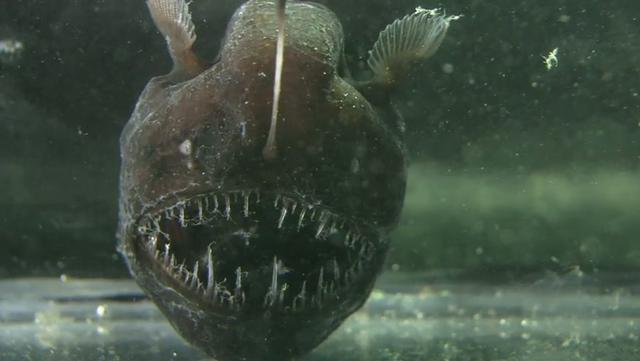
With so much of the seafloor yet to be explored (around 99 per cent), a major concern for scientists and conservationists is the future loss of species and habitat that have not been studied.
This concern is not new. Fishing has long been considered a threat to the diversity of life in the deep sea. Better technology and a reduced catch globally means some trawlers have shifted their attention to bottom trawling, dragging nets using heavy weights that are known to destroy underwater environments which have remained undisturbed for thousands of years.
The impact of fishing in the deep sea became apparent in 2006 when a study published in Nature identified five species of late-maturing fish that were unable to recover from excessive fishing.
Deep sea marine life can be far slower-growing than species that live with better access to sunlight and nutrition. A further 2015 study found that life living in areas where bottom trawlers are operating can struggle to recover after a period of fishing.
In a comparison of trawled areas with untouched sections of a Mediterranean sea canyon, the researchers revealed that trawled sediments had 52 per cent less organic matter than the canyon that had not been trawled.
Biodiversity had been halved in the trawled section and the number of sea worms (a key component of the seafloor ecosystem) had dropped by 80 per cent.
The report’s authors concluded that long-term trawling of the deep sea would "transform large portions of the continental slope into faunal deserts and highly degraded seascape".
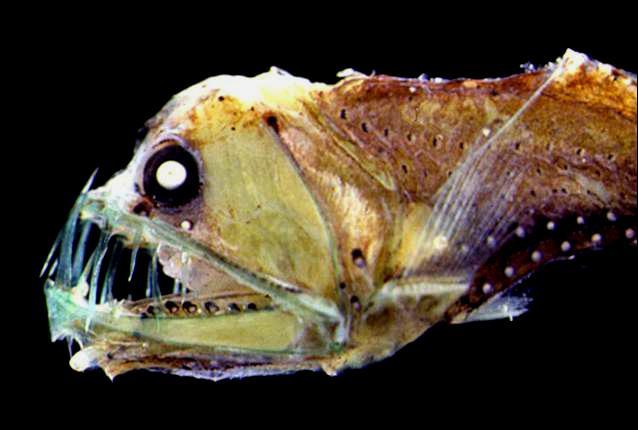
Conservationists have also raised fears for the surprising phenomenon of deep-sea coral reefs. Usually considered to be the “tropical rainforests of the sea”, colourful communities emerging in shallow warm waters with plenty of light, corals can also occur at depths of 3,000 metres.
One particular site is believed to be a contender as one of the world’s oldest organisms, at a remarkable 1,800 years old. The slow-growing corals that make up these reefs can be as much as 10 metres tall, and in the Atlantic a few sites contain up to 1,300 species of invertebrates.
Corals can also have a commercial use, as National Geographic’s John Pickrell has pointed out.
“Individual corals could produce chemicals potentially useful for treating high blood pressure, cancer, and chronic pain. Unlike the world’s rainforests, these unknown formations could be lost or damaged without anyone ever having noticed they were there.”
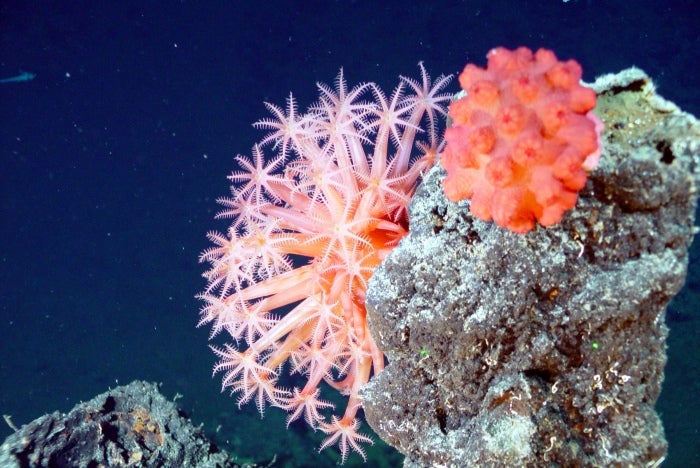
For ecologists who have spent their lives studying this largely unseen world, it is the possibility of losing sites that have never been studied that could be one of the most regretful consequences of a new period of mining.
“We are going to have to make a choice between disposable technology and ecosystems we will never see,” says Andrew David Thaler.
“But the thought does keep me up many nights, wondering what we’ve done by letting the world know about vents. Not knowing what we’ve lost is a lot more tragic, though, than having had the chance to protect something before it goes away.”
Join our commenting forum
Join thought-provoking conversations, follow other Independent readers and see their replies
Comments
Bookmark popover
Removed from bookmarks